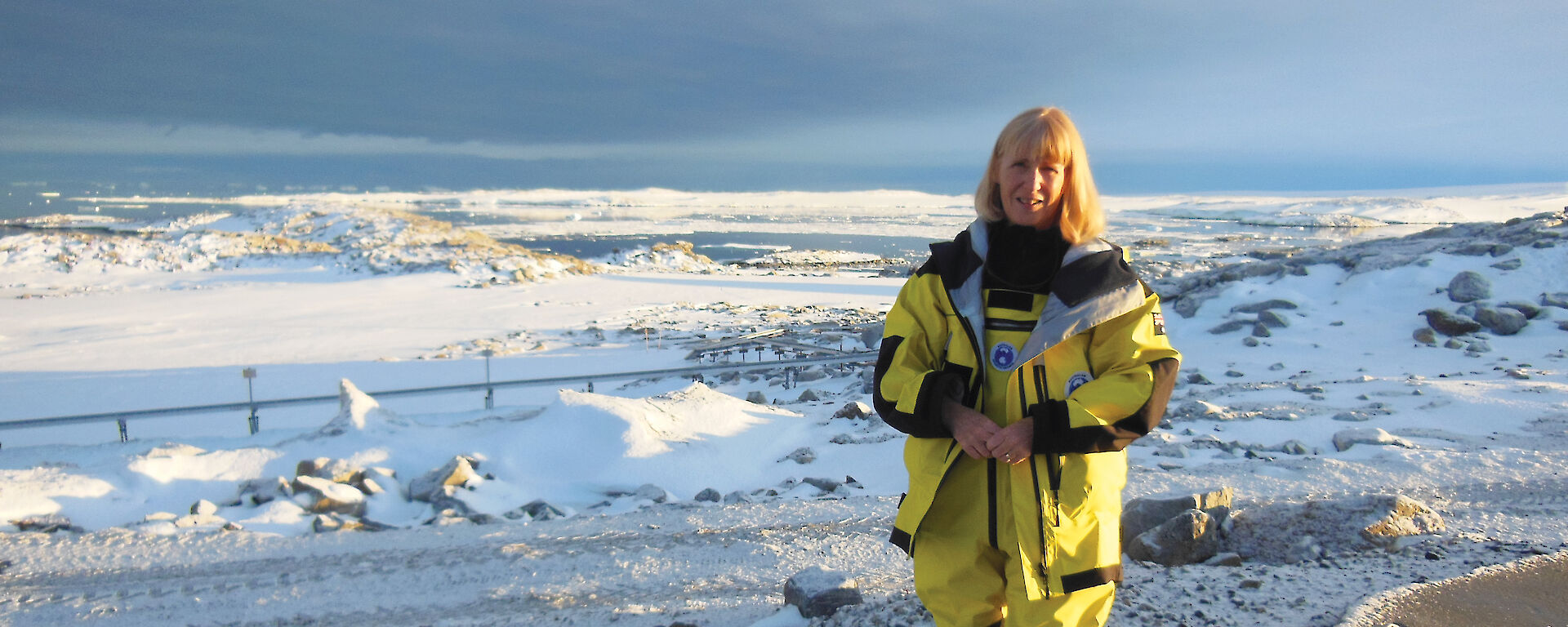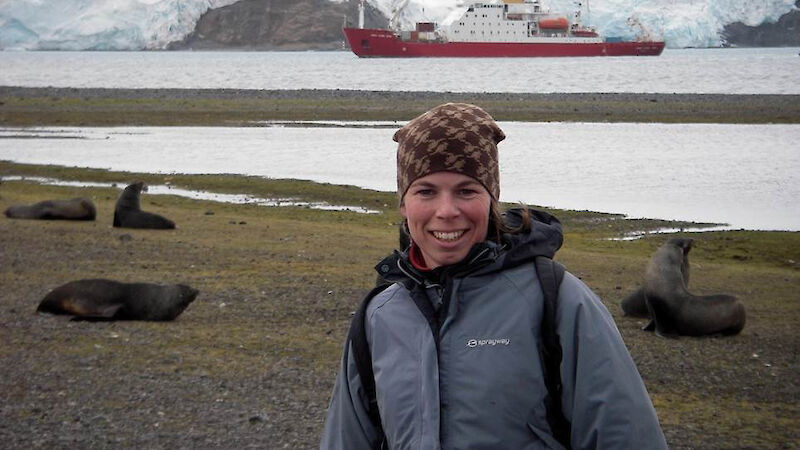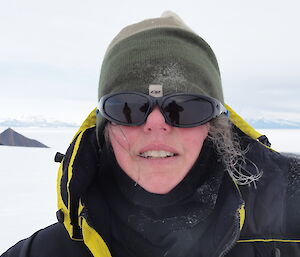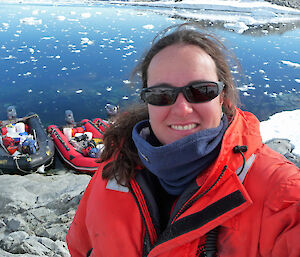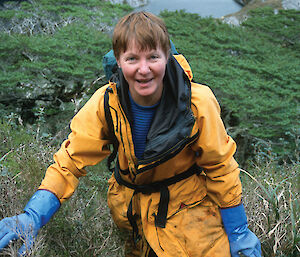Women in Antarctic research are being celebrated at this year’s meeting of the Scientific Committee on Antarctic Research (SCAR) through a ‘Wikibomb’ event.
A team of volunteers has created and updated more than 100 biographies of high achieving women in Antarctic science. The biographies will be launched on 23 August in conjunction with the annual SCAR conference being held in Malaysia this week.
The Wikibomb effort is being led by Latrobe University marine biologist, Dr Jan Strugnell, and Wikipedia expert and protein engineer Dr Thomas Shafee.
Dr Strugnell said it was important that senior women scientists were visible to younger female scientists, so that they understood that careers in science were possible. She said some 60% of early career Antarctic researchers are women, with strong reputations in the scientific community, but only about 10% of awards, prizes and papers at scientific conferences were presented to, or given by, women.
“A greater online presence of female Antarctic science role models is important and long overdue,” Dr Strugnell said.
“Otherwise it’s hard for girls and young women to imagine cold climate research as a career choice.”
Attitudes towards and acceptance of women have changed significantly since the mid-1950s when most countries did not allow women to work in Antarctica.
Women at Australia’s Antarctic stations have played key roles in station life since 1975, including as station leaders, doctors, aircraft ground support officers, voyage leaders, field training officers and scientists. The first four women scientists made it to sub-Antarctic Macquarie Island in 1960.
In 2009 the Australian Antarctic Division appointed its first female Director, Ms Lyn Maddock, and in 2015, its first female Chief Scientist, Dr Gwen Fenton.
Germany’s Institute for Polar and Marine Research and the British Antarctic Survey are both led by women and Korea recently appointed its first female Antarctic station leader.
Today women remain a critical part of the Australian Antarctic Program, leading and participating in a range of scientific projects every year, as well as other roles on stations. Their discoveries include the finding that snow melt accelerated in the 20th century, the application of ice core climate records to catchment management, insights into Adélie penguin populations, and an understanding of the tolerance of Antarctic mosses to climate change.
Of the 18 Australian women now profiled through the Wikibomb, four are from the Australian Antarctic Division and many more have travelled to the continent as part of the Australian Antarctic Program.
Read more about Australian Antarctic Division scientists:
- Dr Gwen Fenton (Chief Scientist)
- Dr Dana Bergstrom (applied Antarctic ecologist)
- Dr Catherine King (ecotoxicologist)
- Dr Barbara Wienecke (seabird biologist)
For the full list of women nominated by SCAR, and their Wikipedia entries, see the Women of the Antarctic Wikibomb page.

